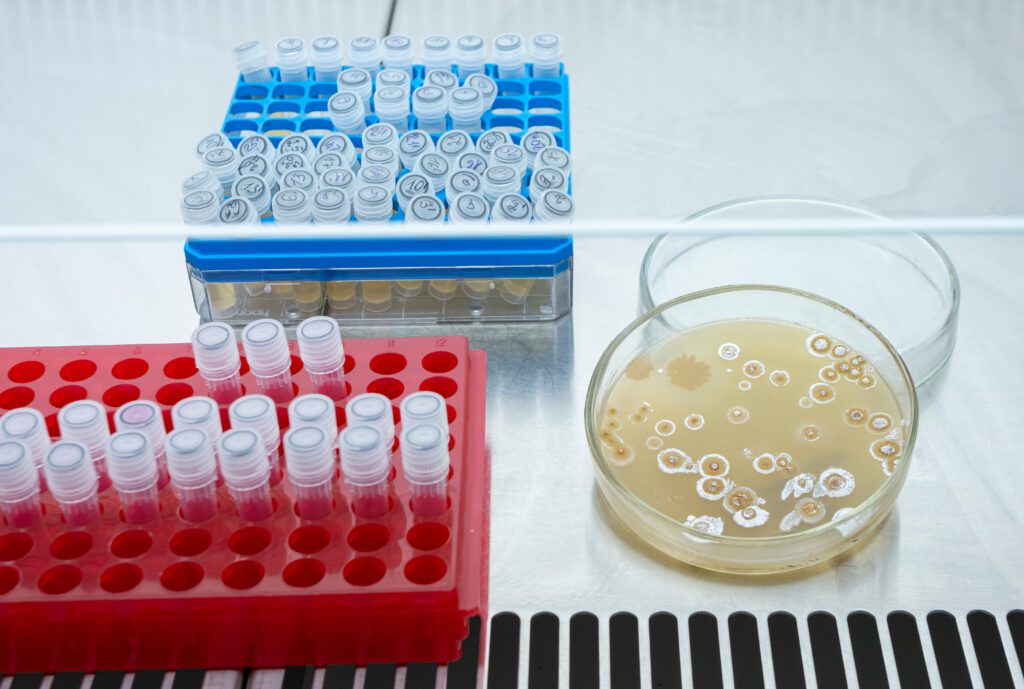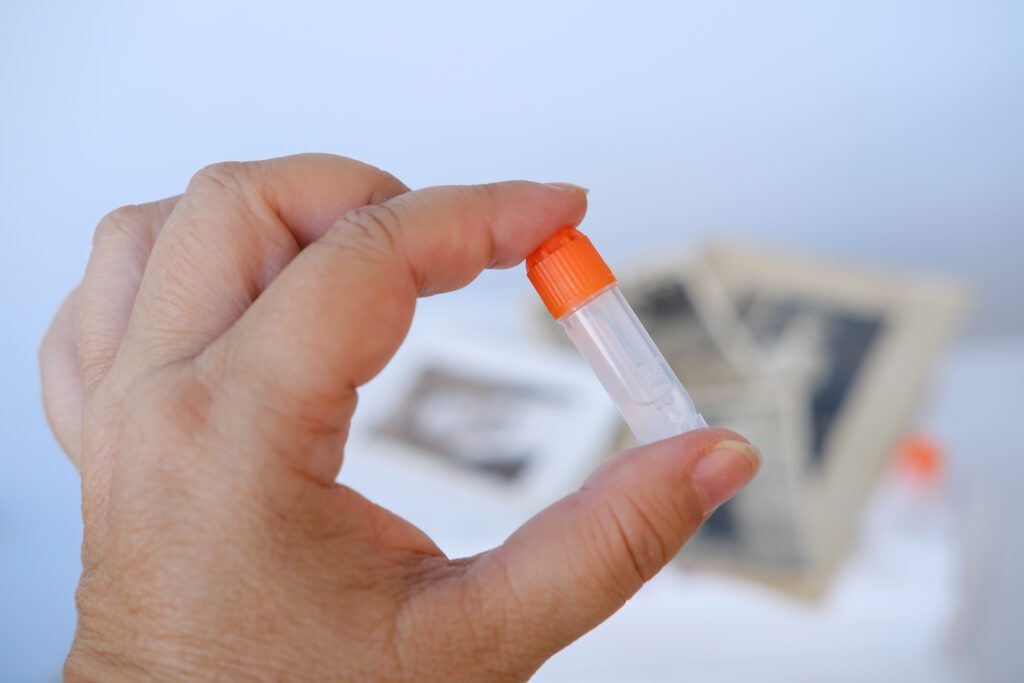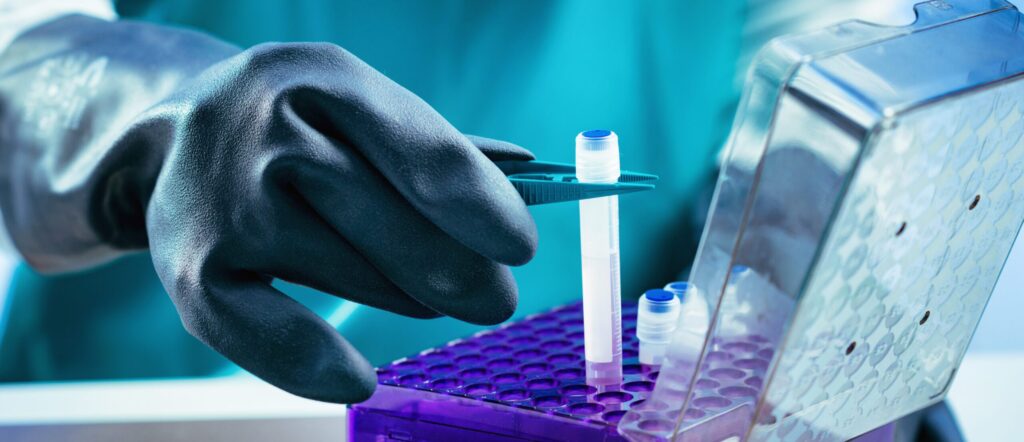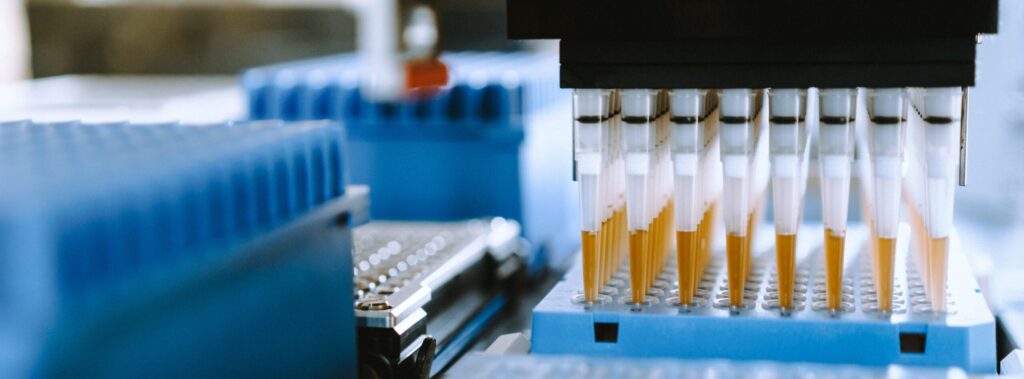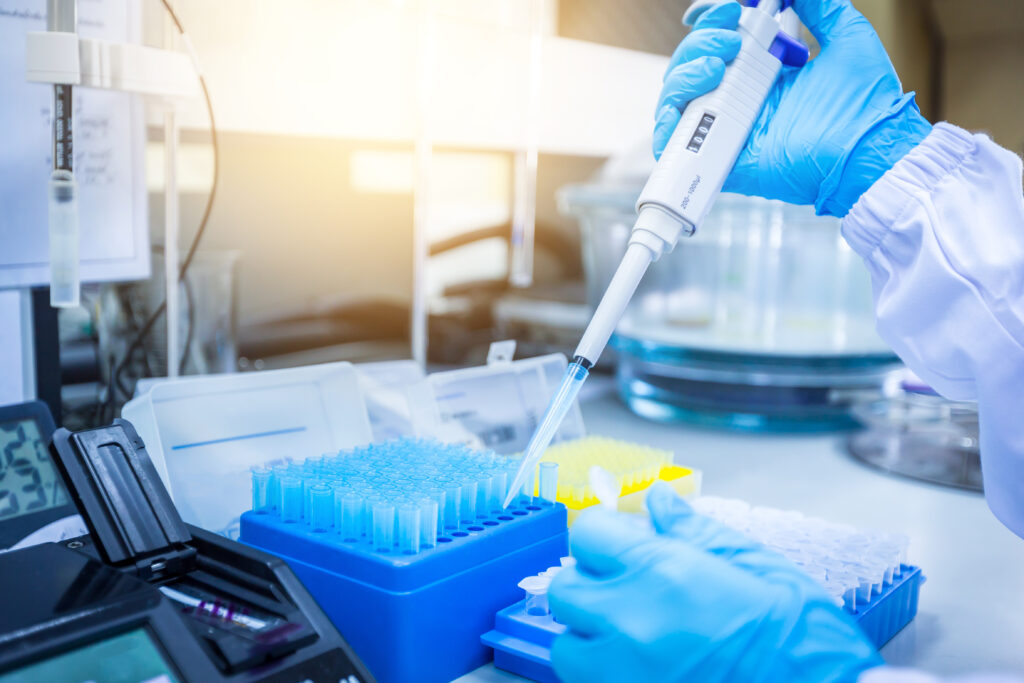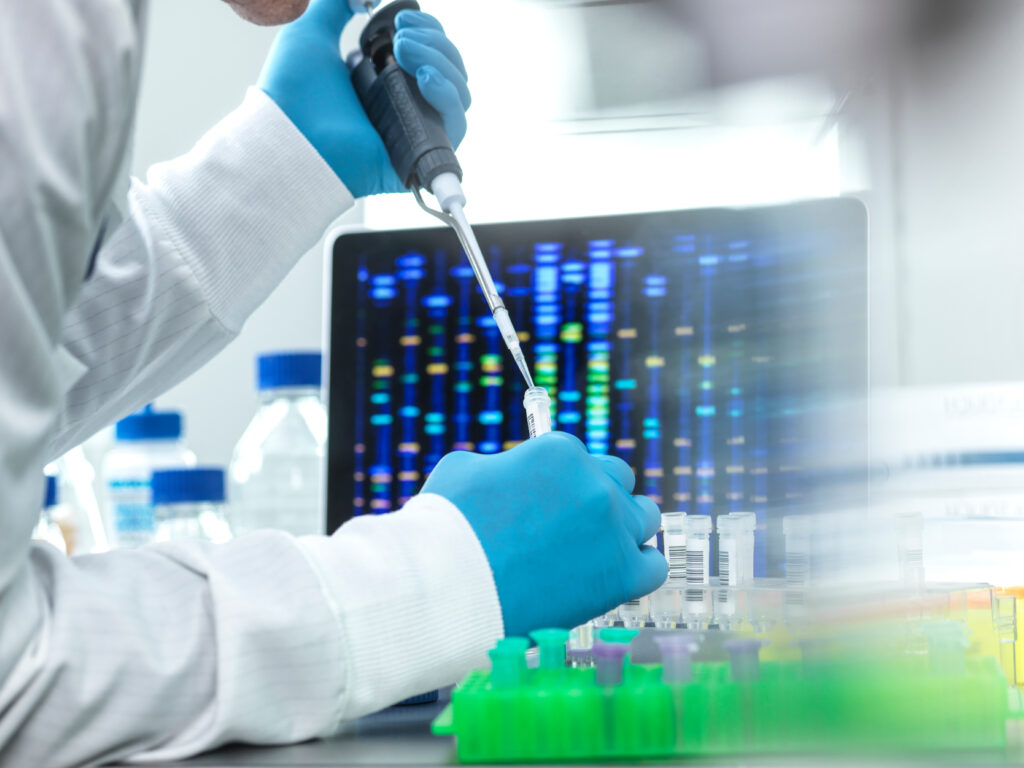Using ddPCR to Detect Rare Variant Alleles in cfDNA Samples on the MagBinder® Fit24 Platform
Carisa Townsend1, Kiranmai Durvasula1, Julie Baggs1, and Travis Butts1 Omega Bio-tek, Inc, Norcross, GA 30071 Introduction Recent advancements and studies have demonstrated the potential of cfDNA as a universal, non-invasive biomarker in cancer prognosis, diagnosis, and prenatal testing. cfDNA are found in low abundance and in a background of contaminating genomic DNA making it a […]


